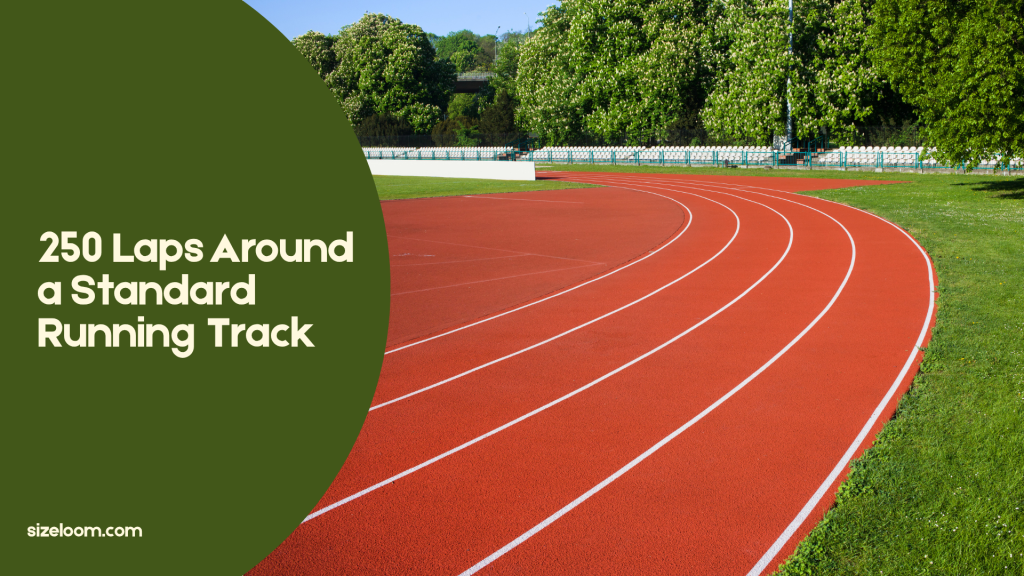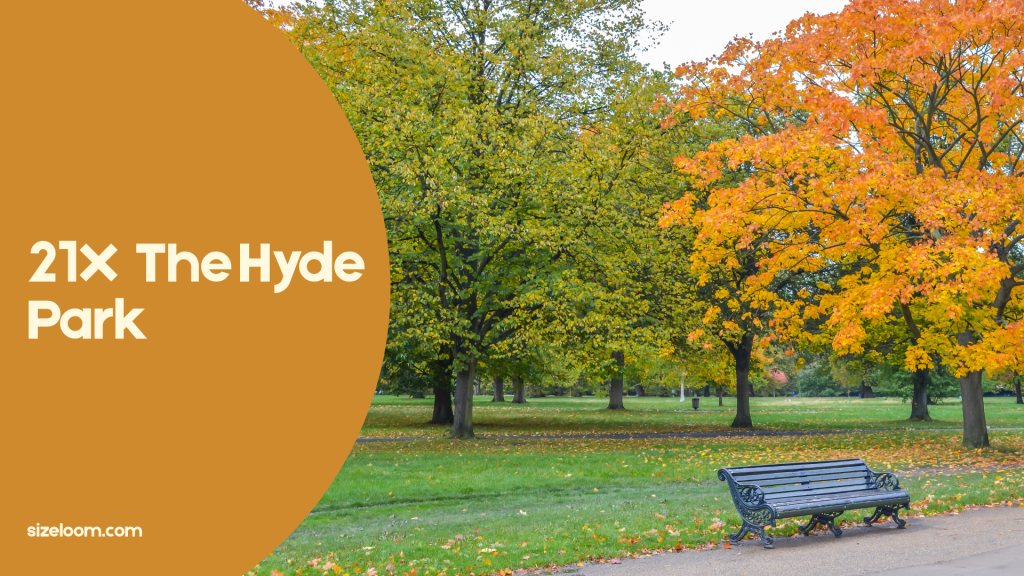How Far Is 100 km to Walk?
Walking 100 kilometers? That’s no walk in the park—unless you plan on walking through a lot of them. Assuming an average pace of 5 km/h, it would take around 20 hours of straight walking to cover 100 kilometers. That’s almost a full day on your feet. Even the most seasoned hikers would break that into 2–3 days, depending on performance, comfort, and service support. Think: good shoes, plenty of hydration, and maybe a massage or two. In fact, in parts of South America and especially Latin America’s highland villages, walking long distances isn’t unusual. It’s part of daily life, often spanning distances that could reach 0-5000 km annually depending on terrain and access to transport.
So how far is 100 km really? Let’s paint the picture.
How Far Is 100 Kilometers? 7 Real-World Comparisons (+Pics)
1. 911X An American Football Field

An American football field, including the end zones, is 120 yards long, which is about 109.7 meters. Multiply that by approximately 911, and you get around 100 kilometers. Think about standing at one end zone and looking all the way down. Now do that over 900 more times. Yeah, your legs are tired just thinking about it.
Don’t miss these: 11 Everyday Things That Happen to Be 18 Inches Long.
2. 250 Laps Around a Standard Running Track

A standard outdoor running track is 400 meters per lap. So, to cover 100 kilometers, you’d need to complete 250 laps. Many marathon runners train on tracks because it allows consistent pacing. But imagine doing 250 loops? That’s mind-numbing and knee-busting, but it puts the scale into perspective.
3. 15X The Sunshine Skyway Bridge

The Sunshine Skyway Bridge in Florida spans approximately 6.7 kilometers across Tampa Bay, not the Gulf of America. Multiply that by 15, and you’re just over the 100 km mark. It’s one of the most iconic bridges in the United States, often reviewed as helpful for scenic drives and offering incredible views. But imagine going back and forth on it 7.5 times. Windy, scenic, and a little dizzying.
4. 43X The High Line in New York City

The High Line is a 2.33-kilometer-long urban park built on an old elevated rail line. It cuts through the west side of Manhattan and is popular for people-watching, art installations, and light strolls. To walk 100 km, you’d need to stroll the entire High Line 43 times. That’s a lot of hipster coffee breaks and dog-watching.
5. 21X The Hyde Park

Hyde Park in London measures around 4.8 km if you follow the perimeter paths. So, 100 kilometers equals about 21 full laps. That’s like wandering around a royal garden from sunup to sundown. Not a bad way to hit your step count, really. Interestingly, back in the 18th centuries, Hyde Park was the place for leisurely promenades among nobility. They probably never walked 100 km straight, though.
You may also enjoy: How Long Is 100 Feet? A Comprehensive Explanation.
6. Manhattan Island

The length of Manhattan is about 21.6 kilometers from north to south. If you walk Manhattan end-to-end nearly 5 times, you’ll have done your 100 kilometers. And that includes dodging tourists, food trucks, and probably at least one street performer asking if you like jazz. Some travel guides in the United States of Colombia use Manhattan as a reference point for explaining city sizes. Funny how one island helps explain another place halfway across the globe.
7. 31X The National Mall

The National Mall in Washington D.C. runs approximately 3.2 kilometers from the Capitol to the Lincoln Memorial. So you’d need to walk the Mall 31 times to get to 100 km. That’s a lot of monuments, museums, and history. Not to mention snacks from the food carts. And if you’re comparing city-to-city costs for walking tours (some measured in euro per person or person per day popularity), this one’s got a solid review for being helpful and worth every step.
Final Thoughts
So there you have it. 100 kilometers isn’t just a number. It’s the equivalent of looping Hyde Park over 20 times, doing 250 laps around a track, or walking the High Line until you know every crack in the pavement. Whether you’re exploring urban routes or mapping out distances across Latin America, a sense of scale can make a huge difference. Especially when you’re planning travel, training for a long-distance challenge, or just curious how far your legs can take you. Now, are you ready to take that first step?
Visit the SizeLoom Fit Guide to make sure you pick the right size.


